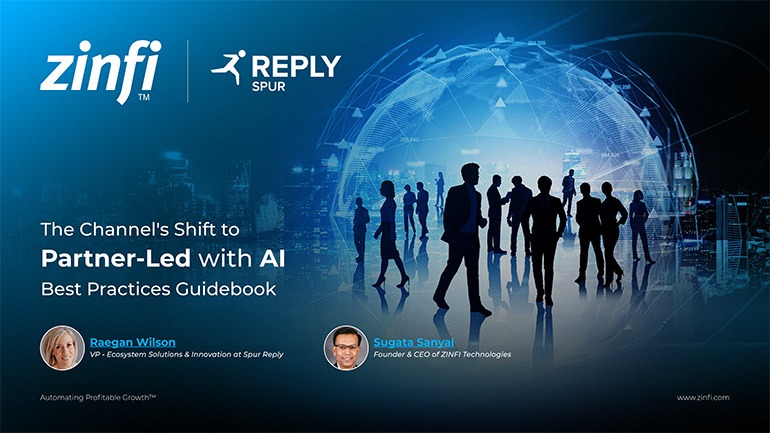Best Practices Articles

The Future of Social Selling: AI, Buyer Intent, and Revenue Collaboration
Social selling has changed a lot. It’s no longer just a way to reach out on platforms. It used to focus on personal branding and one-on-one connections.
Now, it includes data, buyer signals, and teamwork across roles. The future of social selling is about being seen and moving fast. Sellers must quickly find, engage, and convert the right buyers.
B2B buyers have grown more selective, informed, and empowered. They research extensively, trust peer reviews over sales scripts, and demand relevance from every touchpoint. In response, organizations must equip their sellers with more than LinkedIn profiles and content libraries.
They need real-time data. They need smart insights from AI. They also need to work closely with marketing, partnerships, and sales. This helps them meet the buyer at the right moment.
This shift gives social selling a new role. It becomes a strategy based on alignment and support. Success depends on knowing what buyers want. It also means working within trusted networks. Sellers must share the right content at the right time.
Deal cycles are longer. Competition is tougher. Sellers who spot warm signals and act with confidence will win. Teamwork makes that possible.
The next sections show how social selling is changing. AI, enablement, buyer intent, and teamwork all play a role. These changes are happening now. They are not just ideas.
Sellers and companies that act early will get ahead. They will build strong pipelines through smart, buyer-focused engagement—not cold outreach.
1. Buyer Behavior and the Demand for Relevance
Modern buyers expect sellers to meet them with insight, timing, and contextual understanding. Social selling succeeds when it reflects this shift. Buyers no longer want generic messaging or vague promises—they want answers from people who understand their challenges.
They don’t start their journey with a demo request. They begin by observing who adds value to their digital environment.
Today’s buyers often arrive with answers to their questions. They’ve already conducted research, read peer reviews, and narrowed their options before engaging with a sales team. This means sellers must adjust their approach. Instead of introducing a solution, they must confirm relevance, provide nuance, and reinforce credibility.
Sellers who adopt social selling strategies monitor buying signals and respond with tailored engagement. These signals include who visits pricing pages, engages with competitor content, or comments on a pain-point-related post. The key lies in matching message to moment—not broadcasting broadly but engaging personally.
Buyers also judge sellers by how they show up online. A polished post is not enough. Buyers observe consistency, tone, and authenticity. They prefer sellers who educate, comment with insight, and engage in meaningful conversations. These impressions shape whether a seller earns a seat at the decision-making table.
Organizations must raise their support for social selling. They should train sellers to watch buyer behavior. Sellers must learn to read intent signals. Companies should promote learning through online interactions. They must also give sellers clear steps to stay relevant—not just visible.
2. AI-Powered Enablement and Intent Intelligence
Artificial intelligence is transforming social selling from art to science. What once depended on intuition and observation now incorporates predictive analytics, automated workflows, and AI-generated insights. AI helps sellers move fast and stay accurate. It shows which accounts to focus on. It reveals engagement patterns. It also helps write personalized messages at scale.
Intent data lies at the core of this evolution. Sellers no longer guess who to contact. With AI, they identify who engages with product pages, compares competitors, or downloads category-specific reports. These behavioral cues reveal interest and timing, urgency, and alignment.
AI doesn’t replace human connection—it enhances it. Sellers still must build trust and deliver insight. But with AI, they begin with context. Tools like CRM-integrated intent tracking, automated content recommendations, and AI-generated summaries turn guesswork into guided motion.
AI also supports content personalization. Based on audience segments or behavior, sellers can use AI to adapt tone, format, and subject matter. Instead of generic pitches, they deliver messages that speak directly to a buyer’s situation. Over time, this reinforces credibility and increases conversion.
Organizations must ensure sellers understand these tools—not just how to use them, but when and why. Without enablement, AI becomes just another dashboard. With the proper training, AI becomes a strategic partner that guides outreach and fuels engagement.
Ultimately, AI elevates social selling by making every interaction smarter, faster, and more buyer-aware.
3. Cross-Functional Collaboration in Social Selling
Social selling is not just a sales job anymore. It needs help from marketing, partnerships, and enablement teams. Each team adds something valuable. Together, they turn seller efforts into a powerful growth system.
Marketing drives narrative consistency. It surfaces buyer trends, curates content, and ensures sellers deliver messages aligned with brand positioning. Marketing also amplifies visibility by promoting content, enabling reuse, and highlighting high-performing posts across teams.
Partnerships help sellers reach more people. They open doors to new groups and networks. Warm intros and trusted referrals grow the pipeline. Co-marketing also speeds up sales. In today’s market, who you know matters. Partnerships build the trust that drives influence.
Sales must remain central but not isolated. Sellers carry conversations forward, gather insights, and build credibility through one-to-one and one-to-many engagement. When sales communicate insights to marketing and partnerships, everyone operates from a shared playbook.
Enablement plays a connective role. It ensures teams use the same language, metrics, and workflows. Enablement leaders also train sellers to navigate social platforms, engage with empathy, and measure impact beyond vanity metrics.
Social selling works best when teams work together. They focus on buyer intent, not on silos. They see each seller’s profile as a channel. Every comment or post becomes a chance to connect. Every campaign becomes a team effort.
4. Timing, Trust, and the Modern Social Funnel
Timing has become a decisive factor in B2B engagement. Social selling empowers sellers to meet buyers exactly when interest emerges. Whether through an algorithmic post, a shared article, or a strategic comment, social touchpoints create openings. The right message at the right moment often accelerates deals.
However, timing only works when trust exists. Buyers will not respond to sellers they do not recognize or respect. Trust builds gradually—through visibility, consistency, and value. Social selling creates these conditions when sellers show up regularly, speak with clarity, and engage genuinely.
The traditional sales funnel emphasized awareness, interest, decision, and action. Social selling reshapes this model. It begins with engagement—likes, comments, and shares—and then layers in trust before introducing solution narratives. The journey becomes less linear and more conversational.
This funnel prioritizes reciprocity. Sellers who only post about products alienate audiences. Those who contribute insights, respond to feedback and share market trends build rapport. When the time for outreach arrives, the buyer already knows and respects the seller.
Measurement also changes. Instead of leads and conversions alone, teams track influence metrics: engagement depth, network growth, and content impact. These indicators reveal whether a seller has built enough social equity to earn trust and drive the pipeline.
Organizations that invest in this modern funnel build more resilient sales motions. They reduce friction, increase conversion, and create long-term loyalty—all through social selling rooted in trust and timing.
5. Internal Enablement and Cultural Alignment
Treating social selling as a side project undermines its success. Organizations must embed their impact into culture, process, and performance systems to scale their impact. This starts with enablement—training, frameworks, and leadership buy-in that normalize seller-led engagement.
Sellers must receive training on platform mechanics and tone, strategy, and risk management. They need playbooks that outline how to engage with prospects, respond to comments, and leverage buyer intent data. These playbooks should evolve constantly based on field feedback.
Leaders must model behavior. When executives post insights, engage with team content, and champion authenticity, they create permission for others to follow. Culture grows from example. Top-down encouragement unlocks bottom-up creativity.
Metrics also reinforce culture. Organizations should recognize and reward content performance, audience growth, and digital influence—not just meetings booked. When sellers see digital activity as career-enhancing, they prioritize it alongside calls and demos.
Organizations must also allow experimentation. Not every post will perform. Not every message will land. Sellers need space to test formats, tones, and ideas. With feedback loops in place, they learn quickly and improve continuously.
A strong culture makes social selling a key skill, not a gamble. It lets everyone help grow demand, build the brand, and drive revenue. They do this by showing up online with purpose.
Conclusion
Social selling is no longer optional. It’s a strategic advantage rooted in the modern reality of B2B commerce. Organizations that lead markets do so by adapting early and scaling intentionally—not merely by following others.
Buyers now decide in new ways. They want relevance, insight, and trust before any sales talk. Sellers must meet them online. Using intent data and team support helps them stand out.
No one platform or team controls the future of social selling. It depends on data, timing, trust, and teamwork. Companies that invest in AI, training, and strong culture will win. They will get more engagement, close deals faster, and build lasting relationships. Their pipelines will stay strong.
Best Practices Guidebook
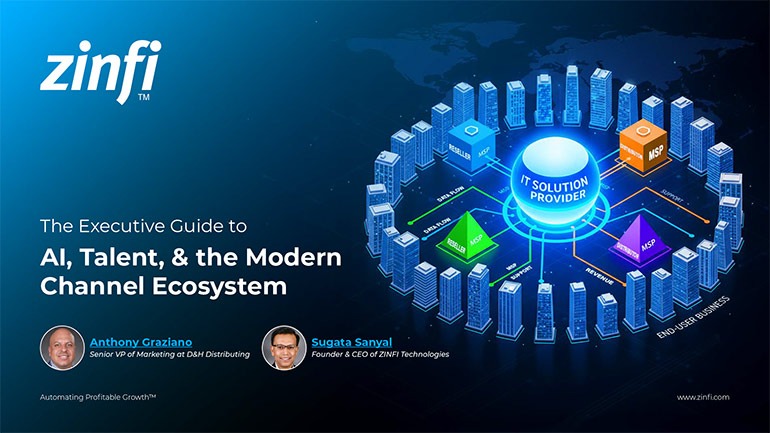 Modernizing Channel Marketing: AI and Ecosystem Enablement Best Practices
Modernizing Channel Marketing: AI and Ecosystem Enablement Best PracticesDownload for FREE
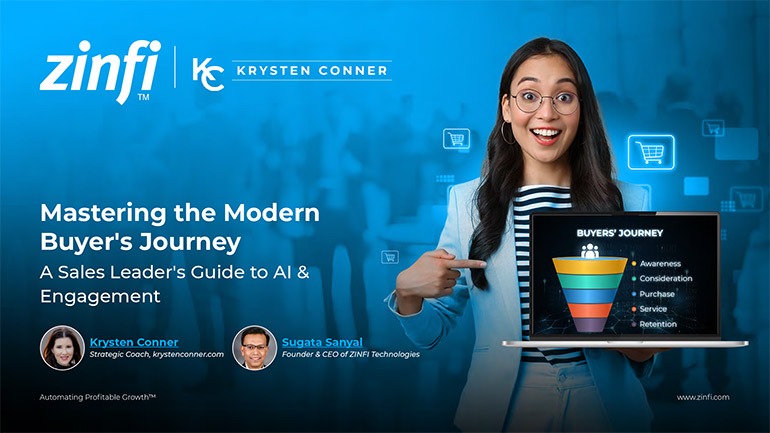 The Channel’s Shift to Partner-Led With AI Best Practices
The Channel’s Shift to Partner-Led With AI Best PracticesDownload for FREE
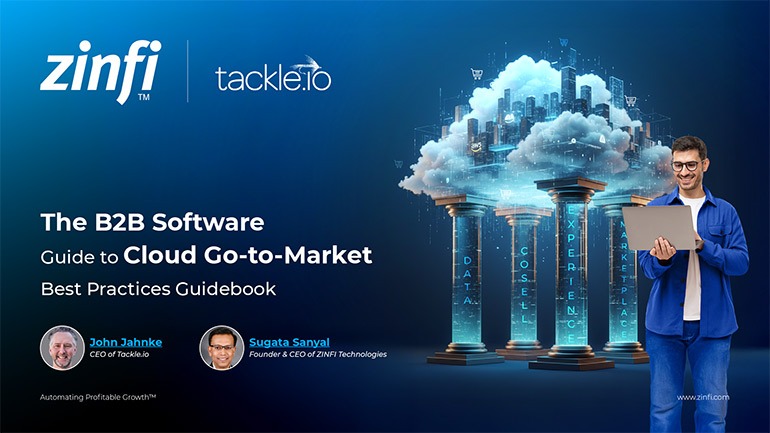 Hyperscalers, ISVs, and AI: Shaping the Future of B2B Software Distribution
Hyperscalers, ISVs, and AI: Shaping the Future of B2B Software DistributionDownload for FREE
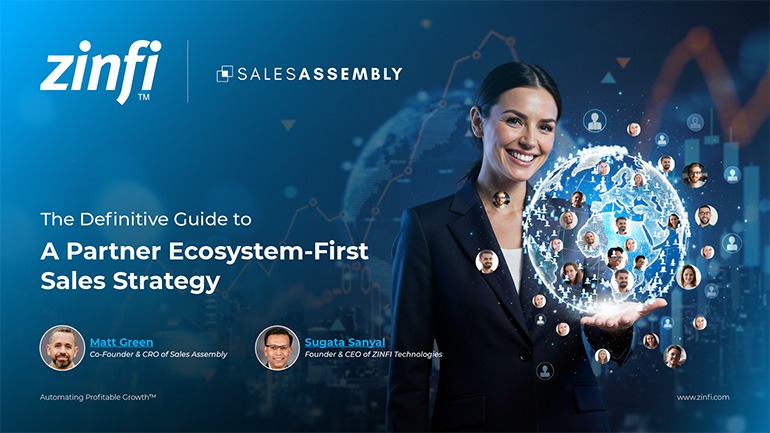 Definitive Guide to a Partner Ecosystem-First Sales Strategy
Definitive Guide to a Partner Ecosystem-First Sales StrategyDownload for FREE
 The Partner-Led Digital and AI Transformation Best Practices
The Partner-Led Digital and AI Transformation Best PracticesDownload for FREE
 Startup Talent Recruitment: Hiring Missionaries, Not Mercenaries
Startup Talent Recruitment: Hiring Missionaries, Not MercenariesDownload for FREE
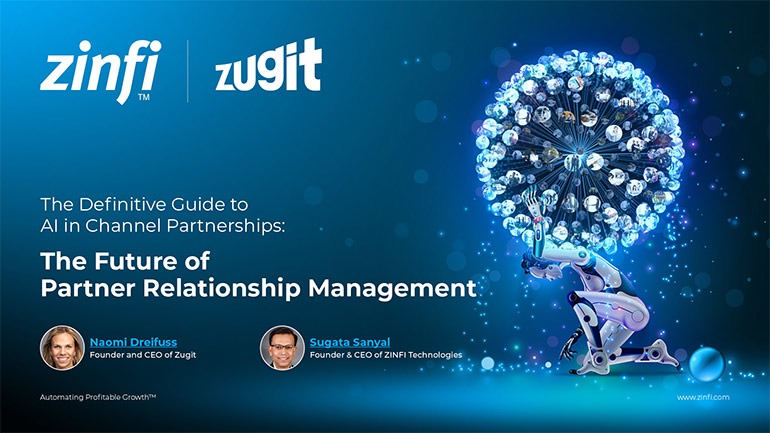 The Future of Partner Relationship Management with AI in Partnerships
The Future of Partner Relationship Management with AI in PartnershipsDownload for FREE
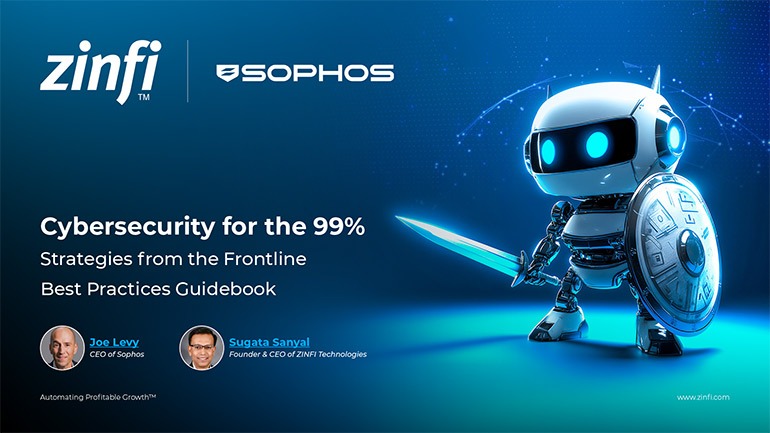 Cybersecurity for the 99%: Strategies from the Frontline
Cybersecurity for the 99%: Strategies from the FrontlineDownload for FREE
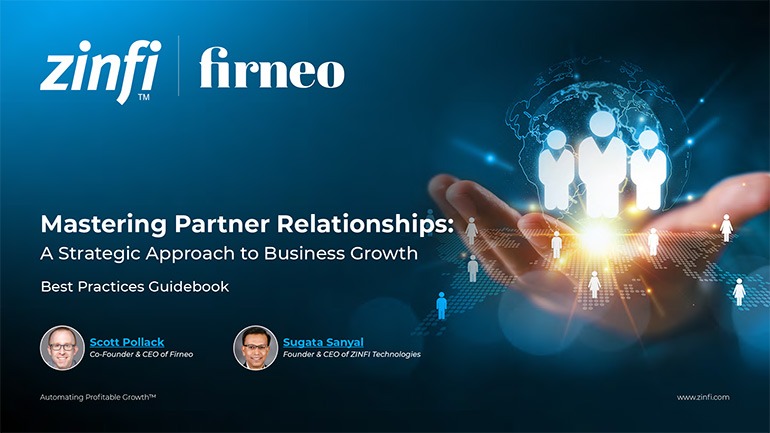 Mastering Partner Relationships: A Strategic Approach to Business Growth
Mastering Partner Relationships: A Strategic Approach to Business GrowthDownload for FREE
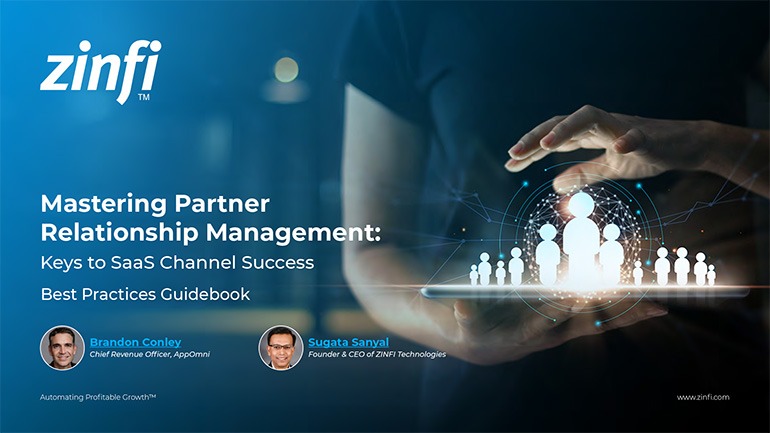 Mastering Partner Relationship Management: Keys to SaaS Channel Success
Mastering Partner Relationship Management: Keys to SaaS Channel SuccessDownload for FREE
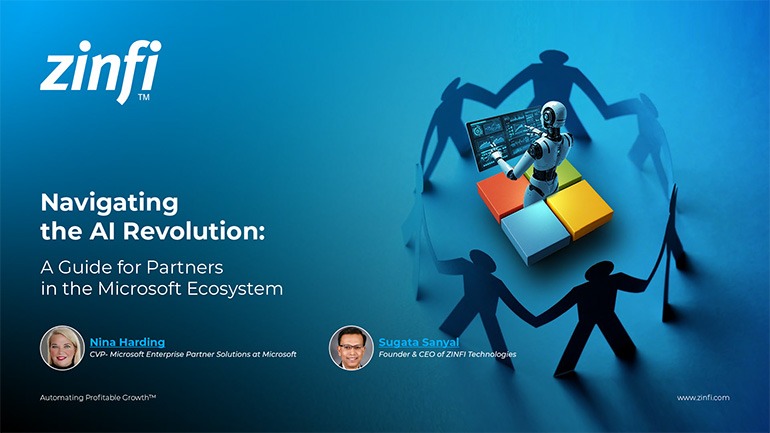 Navigating the AI Revolution: Guide for Partners in the Microsoft Ecosystem
Navigating the AI Revolution: Guide for Partners in the Microsoft EcosystemDownload for FREE
 Mastering the Modern Buyers Journey: Sales Leader’s Guide to AI & Engagement
Mastering the Modern Buyers Journey: Sales Leader’s Guide to AI & EngagementDownload for FREE

